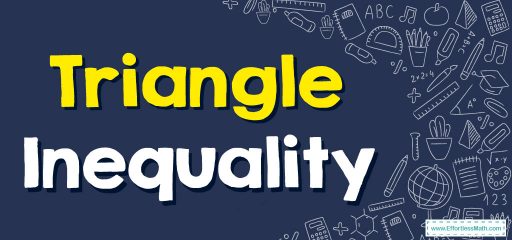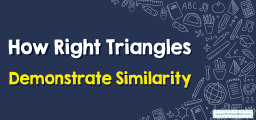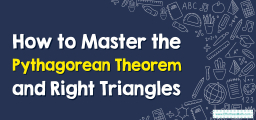Triangle Inequality
The triangle inequality states that for any triangle, the length of any one side of the triangle must be less than the sum of the lengths of the other two sides.
[include_netrun_products_block from-products="product/6-idaho-isat-grade-3-math-practice-tests/" product-list-class="bundle-products float-left" product-item-class="float-left" product-item-image-container-class="p-0 float-left" product-item-image-container-size="col-2" product-item-image-container-custom-style="" product-item-container-size="" product-item-add-to-cart-class="btn-accent btn-purchase-ajax" product-item-button-custom-url="{url}/?ajax-add-to-cart={id}" product-item-button-custom-url-if-not-salable="{productUrl} product-item-container-class="" product-item-element-order="image,title,purchase,price" product-item-title-size="" product-item-title-wrapper-size="col-10" product-item-title-tag="h3" product-item-title-class="mt-0" product-item-title-wrapper-class="float-left pr-0" product-item-price-size="" product-item-purchase-size="" product-item-purchase-wrapper-size="" product-item-price-wrapper-class="pr-0 float-left" product-item-price-wrapper-size="col-10" product-item-read-more-text="" product-item-add-to-cart-text="" product-item-add-to-cart-custom-attribute="title='Purchase this book with single click'" product-item-thumbnail-size="290-380" show-details="false" show-excerpt="false" paginate="false" lazy-load="true"]

In other words, if you have a triangle with sides a, b, and c, then a + b > c, b + c > a, and c + a > b.
A step-by-step guide to Using Triangle Inequality Rules
For example, if you have a triangle with sides of lengths 4, 5, and 7, you can check whether it satisfies the triangle inequality:
- 4 + 5 > 7 (true)
- 5 + 7 > 4 (true)
- 7 + 4 > 5 (true)
Since all three conditions are true, this triangle satisfies the triangle inequality and is a valid triangle.
On the other hand, if you have sides of lengths 2, 5, and 10:
- 2 + 5 > 10 (false)
- 5 + 10 > 2 (true)
- 10 + 2 > 5 (true)
In this case, the first condition is false, which means that these side lengths do not form a valid triangle.
Triangle Inequality – Example 1
Do the given sides form a triangle? \(a=3, b=5, c=8\)
Solution:
Add the first and second lengths. \(3+5=8\)
8 is equal to the third length. So, it is not a triangle.
Triangle Inequality – Example 2
Do the given sides form a triangle? \(a=7, b=6, c=12\)
Solution:
Add the first and second lengths. \(7+6=13\)
13 is larger than the third length (12). So, they form a triangle.
Related to This Article
More math articles
- How to Use Area Models to Find Equivalent Fractions
- Graph to Grid: How to Completing a Table Using Information from a Graph
- A Complete Explanation of the Continuity over an Interval
- Top 10 6th Grade PSSA Math Practice Questions
- How to Multiply a Polynomial and a Monomial? (+FREE Worksheet!)
- Geometry Puzzle – Critical Thinking 18
- A Comprehensive Guide to Learning How to Add Three or More Fractions with Unlike Denominators
- Getting Better at Math: Realistic Tips and Suggestions
- Grade 3 Math: Comparing and Ordering Numbers
- 10 Most Common 4th Grade FSA Math Questions



























What people say about "Triangle Inequality - Effortless Math: We Help Students Learn to LOVE Mathematics"?
No one replied yet.